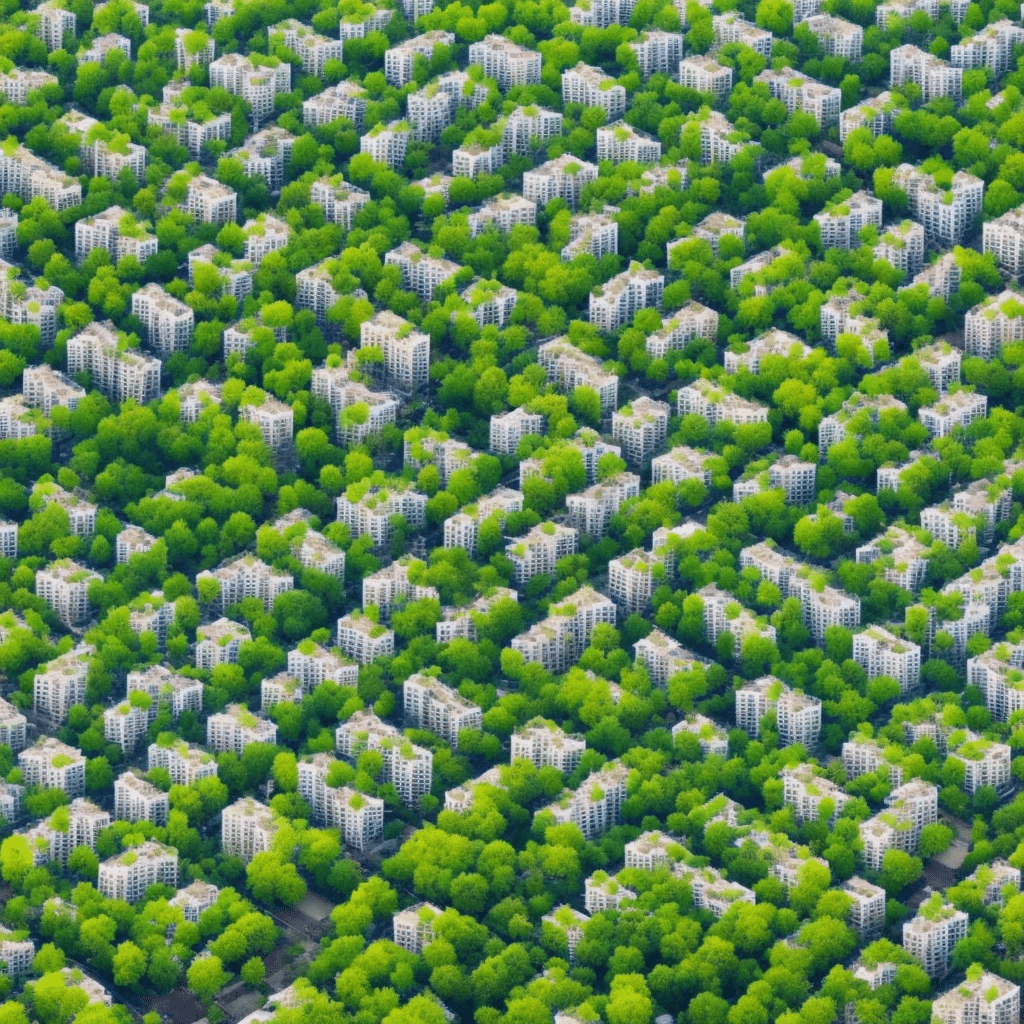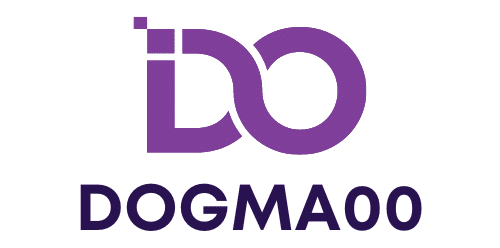What strategies can be employed to ensure the financial sustainability of eco-friendly real estate projects?

With global climate change at the forefront of international dialogue, the real estate sector is finding itself under increasing pressure to adapt its practices towards environmental sustainability. Not only is this a matter of good corporate responsibility, but it is also becoming a key element of financial viability—now and in the foreseeable future. The investors, buyers, and users of buildings are increasingly demanding that properties be not only functional and attractive but also responsible in their energy use and environmental impact.
As a result, the demand for green buildings and sustainable real estate development is growing steadily. However, though the intentions are good, the challenges are real. So, how can we ensure the financial sustainability of such projects? This article will discuss several strategies that can be employed to help sustain eco-friendly real estate projects financially.
A lire aussi : What are the emerging trends in workspace designs within real estate to accommodate hybrid work models?
Incorporating Environmentally Sustainable Design (ESG) from the Outset
The first step towards financial sustainability in eco-friendly real estate projects is to incorporate Environmental, Social, and Governance (ESG) principles from the very start of the project.
ESG encompasses a range of factors that real estate developers can consider to enhance the overall sustainability of their projects. This includes everything from the efficient use of resources, minimizing waste, and reducing carbon emissions, to ensuring fair labor practices and fostering a positive impact on the local community.
Cela peut vous intéresser : How can real estate projects be designed to minimize their impact on local water resources?
By integrating ESG principles into the design and development process, developers can create properties that are not only attractive to buyers and investors but also more cost-effective to build and maintain in the long term. This can result in significant cost savings over the life cycle of a building, which can help to offset the initial investment required to implement sustainable practices.
Utilizing Green Building Practices and Technologies
Green building practices and technologies are key tools in the arsenal of any sustainable real estate developer. These methods aim to reduce the environmental impact of buildings by improving energy efficiency, water use, waste management, and indoor environmental quality.
There are numerous ways that developers can incorporate green building practices into their projects. These include installing energy-efficient appliances and systems, using sustainable materials, implementing water-saving features, and optimizing the building’s design for natural light and ventilation.
But green building isn’t just about reducing environmental impact—it’s also about financial sustainability. By reducing the energy and water consumption of a building, developers can significantly decrease the ongoing operational costs of the building. Furthermore, buildings with green certifications often attract higher rental rates and sale prices, making them a more lucrative investment for developers and owners.
Financing and Incentives for Sustainable Real Estate
Securing sufficient financing is one of the most critical aspects of any real estate project, and sustainable projects are no exception. Fortunately, there are a growing number of financing options available specifically for sustainable real estate projects.
For instance, green bonds are a type of fixed-income instrument that is specifically earmarked to raise money for climate and environmental projects. These bonds are often issued by municipalities, government agencies, or corporations that are looking to finance projects that have positive environmental and/or climate benefits.
In addition to traditional financing methods, there are also numerous incentives available for sustainable real estate projects. These can come in the form of tax breaks, grants, and other financial incentives from local, state, and federal governments. These incentives can significantly reduce the financial burden of implementing sustainable practices and technologies, making them a crucial aspect of any financial sustainability strategy.
Building Partnerships for Sustainable Development
Partnerships can play a vital role in ensuring the financial sustainability of eco-friendly real estate projects. By partnering with other businesses, organizations, or government agencies, developers can share the costs and benefits of sustainable development.
These partnerships can take many forms. For instance, a real estate developer might partner with a renewable energy company to install solar panels on their properties, or with a local government agency to implement a water-saving initiative.
Such partnerships can not only help to spread the financial burden of sustainable development but can also create additional value for the project. For example, a partnership with a renewable energy company could help a developer to secure a more favorable energy rate, while a partnership with a local government could result in tax incentives or other benefits.
Educating and Engaging Stakeholders
The final strategy for ensuring the financial sustainability of eco-friendly real estate projects is to educate and engage stakeholders. This includes everyone from investors and financiers, to tenants and local communities.
Educating stakeholders about the benefits of sustainable real estate—not just in terms of environmental impact, but also financial performance—can help to increase demand for green buildings and attract further investment into the sector. This, in turn, can help to ensure the financial sustainability of individual projects and the wider sustainable real estate industry.
Engaging stakeholders also involves keeping them informed about the progress of the project, and soliciting their input and feedback. This can help to build a sense of ownership and investment in the project, which can ultimately lead to greater financial success.
Exploring Alternative Revenue Streams
To ensure the financial sustainability of eco-friendly real estate projects, it is crucial to explore alternative revenue streams. This can prove beneficial in the long-term financial health of the project. In addition to traditional rent, there may be other ways to generate income from a green building.
For instance, real estate developers can consider onsite energy generation. If a building is equipped with solar panels or wind turbines, it could potentially generate more energy than it uses. This surplus energy can be sold back to the grid, creating a consistent revenue stream that can help offset the costs of maintaining and operating the building.
Another promising avenue is carbon credits. As our society continues to grapple with climate change, there is a growing market for carbon offsets. If a building is designed and operated in a way that significantly reduces its carbon emissions, it could potentially earn carbon credits. These credits can be sold to other businesses that are looking to offset their own emissions, providing an additional source of income for the real estate project.
From a long-term perspective, these alternative revenue streams not only enhance the financial viability of the sustainable real estate projects but also increase their attractiveness to investors. Investors are increasingly looking for projects that have a positive environmental impact and a robust financial performance, and properties that have multiple revenue streams are more likely to meet these criteria.
Conclusion: The Future is Green
In conclusion, the financial sustainability of eco-friendly real estate projects is not only feasible but also increasingly crucial. The strategies discussed above, from incorporating ESG principles and green building practices to securing financing and building partnerships, present a comprehensive approach to achieving financial sustainability in eco-friendly real estate development.
The real estate industry must adapt to the evolving demands of a world grappling with climate change. The shift towards environmentally friendly and sustainable development is not just a trend, but a necessity. By implementing these strategies, real estate developers can ensure that their projects are not only beneficial for the environment but also financially sustainable in the long term.
As we look to the future, green buildings and sustainable real estate development will undoubtedly play a key role in our collective efforts to combat climate change and build a more sustainable world. The real estate industry has the opportunity—and the responsibility—to lead the way. After all, as the saying goes, ‘the greenest building is the one that’s already built. The second greenest is the one that’s built right.’ Let’s build it right.
